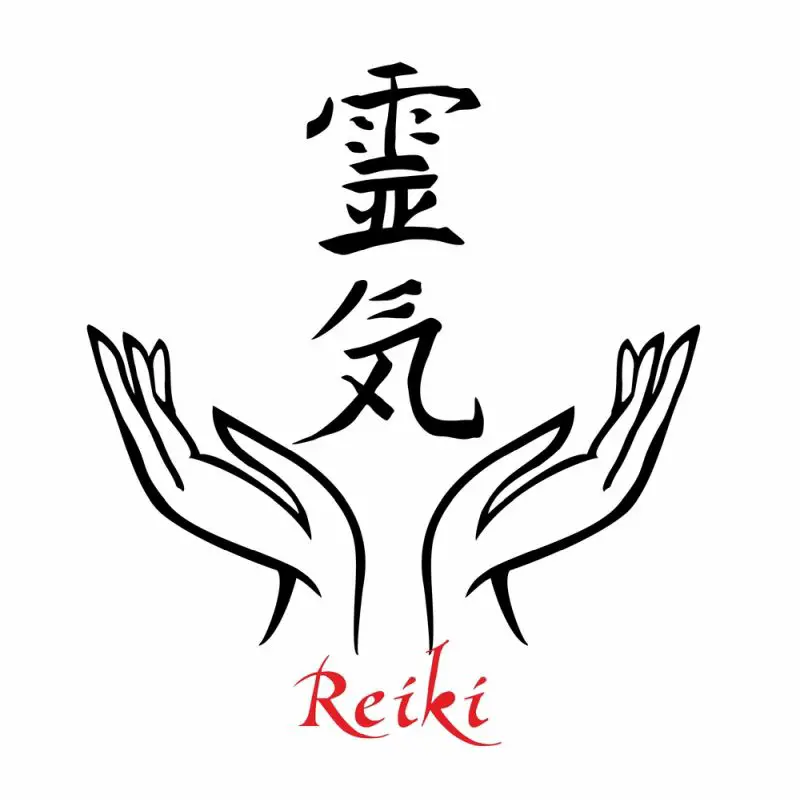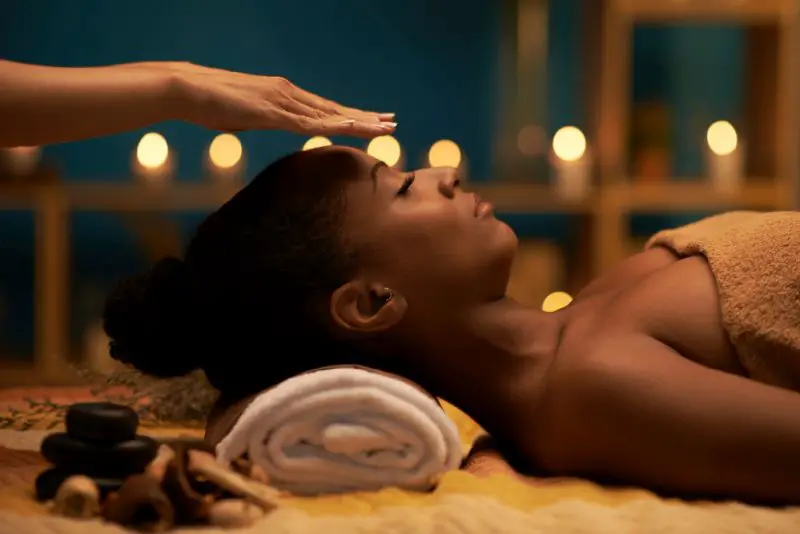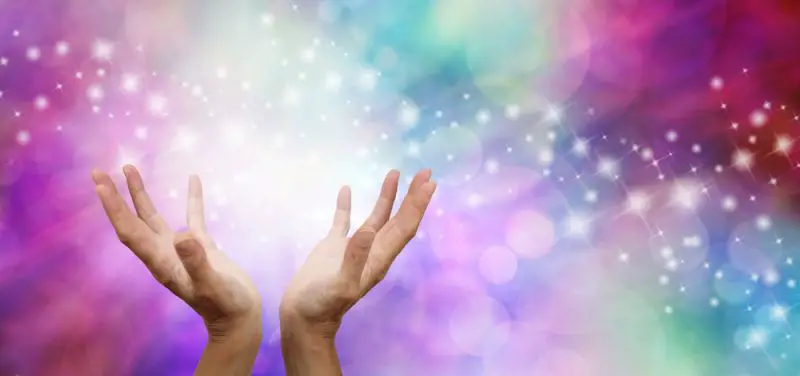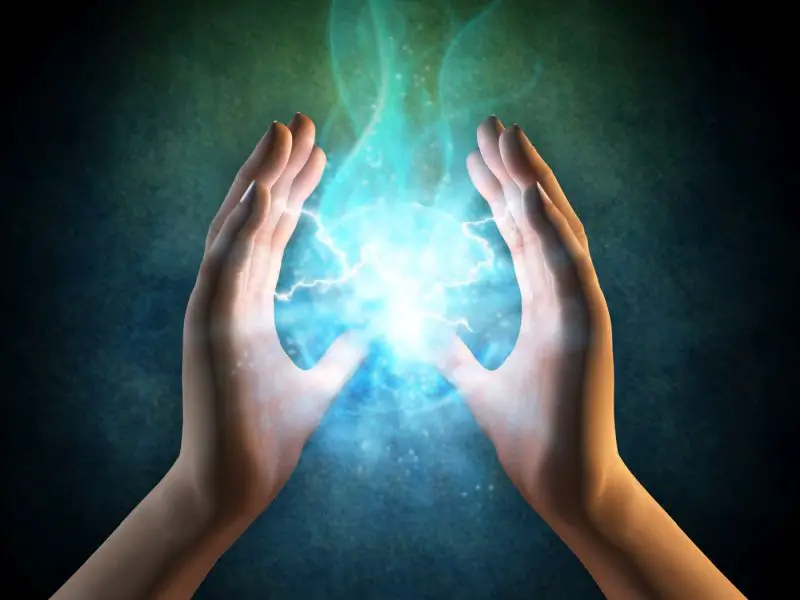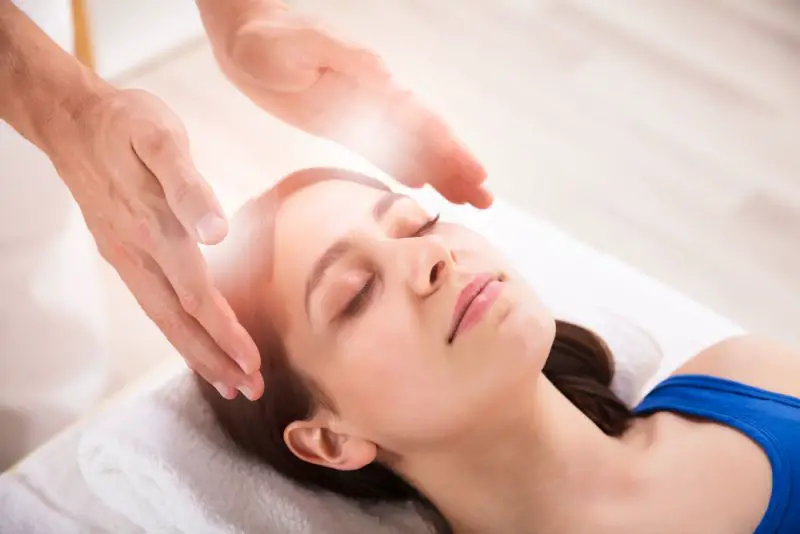Last Updated on October 2, 2023
Reiki is a form of alternative healing that has recently gained popularity. It involves the transfer of energy flowing from the hands of a Reiki practitioner to a client’s body, to promote relaxation and reduce stress.
During Reiki training, clients may experience a range of sensations, such as warmth, tingling, or pulsing. These sensations signify that the energy is flowing through the body and doing its work. However, not everyone experiences the same feelings, and it can be helpful to understand what they mean.
In this article, we’ll explore some familiar Reiki sensations and what they may indicate about the healing process.
What is Reiki energy? A quick intro
This natural method originated in Japan and was an alternative treatment used by ancient people in the late 1800s. Also known as hands-on or palm healing, we base Reiki on “chi” or the universal life force.
Reiki is healing where the universal energy is passed from the healer’s palm to the patient’s body. We believe this to help balance a person’s physical and spiritual well-being. When a healer sends healing energy, it flows from one person to another, and the two bodies would have some reaction.
Some people may feel the pulsating energy flow within when they emit or receive energy. These can be felt through tingling sensations or getting goosebumps. Others may feel subtle feelings or none.
It is important to note that having no sensations when giving or receiving Reiki energy is expected. The primary reason is that the senses can sometimes depend on your experience if it’s your first time practicing Reiki or undergoing this form of healing.
Reiki sensations of a healer
Below are some of the most common observations of those who have undergone a Reiki session and the sensations brought about by the energy:
Changing hand temperature
Having warm hands means that the power of Reiki has awakened. People who have just received Reiki level 1 attunement may feel and have the same sensation.
There are four levels of Reiki attunements that an apprentice undergoes to practice this healing method. The attunement process involves a master or teacher passing over the universal Reiki energy source to his or her student. The receiver of this energy will have clear pathways that let the healing energy flow within them.
For the ones who have received their Reiki Level 1 attunement, having warm hand chakras tingling means that the process worked.
When practicing Reiki, the hand temperature can change from hot to cold. In Chinese philosophy, warm hands show that there’s too much yang energy in the patient’s body. Cold hands mean that the recipient’s body has excessive yin energy.
More than a pair of healing hands
You and the patient may feel more than a pair of hands during Reiki sessions. Some people refer to this scenario as having “extra healing hands.”
According to some beliefs, the healers get spiritual guidance from higher beings. With this, the spirit guides are present and stay with the healer throughout the process. They help with letting the healing energies flow. Hence, a patient may feel there are over two healing hands.
Pulsating orb of energy
When Reiki practitioners like you feel the pulsating and disturbing energy buildup in your hands, take advantage of the excess energy by placing your palms in your body.
You can also infuse objects with Reiki energy whenever you feel overwhelmed with excess energy. This process transforms items into healing tools. For instance, you can infuse the pillows with Reiki energy for a peaceful sleep.
Vibrating hands
From the healer’s perspective, he or she may experience vibrational buzzing in their hands caused by the overflowing energy that flows rapidly from the body through the palms. The vibration occurs when a tremendous amount of energy is trying to pass through the healer’s palms’ small openings.
Apart from the vibration, having a shaky hand indicates that the patient needs healing. The shaking happens because the patient quickly absorbs as much energy as possible.
Reiki sensations of a patient
Although there is no evidence of the effectiveness of Reiki treatment, some people still believe this can help heal ailments. A Reiki healing session is most commonly known as spiritual healing, which eases body pain, reduces stress and anxiety, and eliminates depression. These are all that a patient naturally feels during or after the healing session.
Some patients fall into deep relaxation and have positive physical, mental, and emotional results. Reiki helps a patient cope with existing emotional challenges and speeds up recovery.
Related: What Is Reiki Used For?
Conclusion
During a Reiki session, clients may experience a variety of sensations, promoting physical, emotional, and spiritual well-being. This indicates that the life force energy is flowing through the body and doing its work.
Understanding these sensations can help clients understand the healing process and what to expect during a session. Whether you feel warmth, tingling, or pulsing, it’s essential to trust your body’s natural response and allow the energy to do its work.
By working with a skilled Reiki practitioner and staying attuned to your body’s sensations, you can experience the full benefits of this ancient healing practice.
Related: What the Bible Says about Reiki
